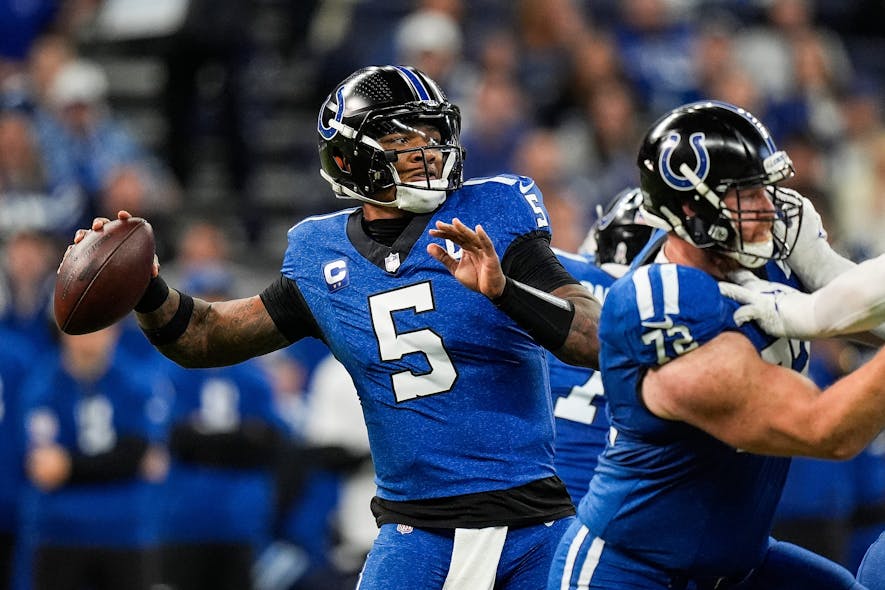Is This Real? is a weekly article focused on whether player performance is real and sustainable or should be expected to change going forward. Through the use of stats and analytics, the article will help decipher difficult situations around the league.
Justin Jefferson’s Recent Downturn
Justin Jefferson has been relatively disappointing in the past four weeks. Between weeks 9 and 12, Jefferson has only 12.3 points per game.
His expectation is 14.6 points per game. His 20 receptions have outproduced his expected receptions (18.3), while his yards (293) also outproduced his expected receiving yards (242.3).
Jefferson has experienced two problems. First, Jefferson has 0 touchdowns with an expectation of 2.7. This indicates some bad variance from which a player with Jefferson’s history of production should rebound.
Second, Jefferson’s target volume is down. Over the past four weeks, Jefferson has 7.5 targets per game. Jefferson’s target rate has fallen to 19% after maintaining a target rate of 29%, which aligns with his career numbers. This has come at a time when Minnesota has fallen from 2% over dropback expectation in the first eight weeks to 3% under dropback expectation in the last four weeks.
Verdict: These factors have combined to create a steep, but what should be a temporary, downturn in Jefferson’s production. Jefferson should be able to rebound in his volume and return to high-level fantasy production during the fantasy football playoffs.

